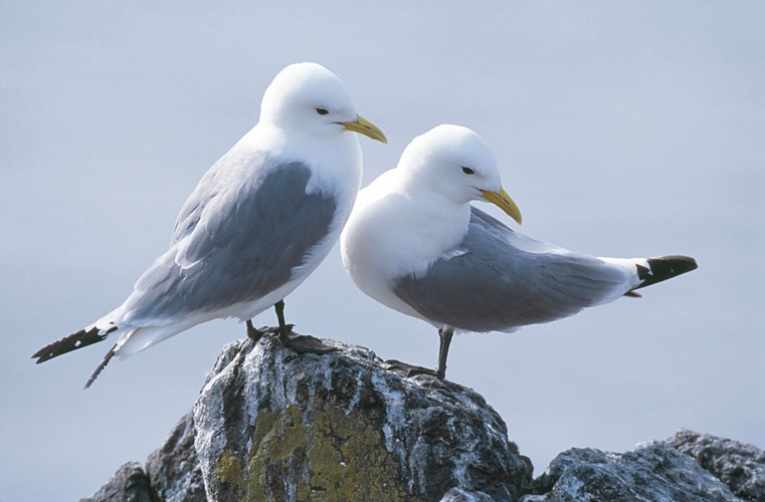Global partnership organisation proposes protected status for area of the Atlantic identified as vital for marine biodiversity

BirdLife International has presented a proposal to create a new Marine Protected Area (MPA) under OSPAR, the Convention for the Protection of the Marine Environment of the North-East Atlantic. If accepted by OSPAR, the MPA will be the first of its kind to be identified using seabird data as the principle data source, and will fill an important gap in the global network of protected areas.
BirdLife International worked in collaboration with marine scientists around the Atlantic, with additional guidance from NABU (Nature & Biodiversity Conservation Union; BirdLife Partner in Germany), to identify the proposed MPA, named Evlanov Seamount and Basin High Seas. If accepted, this site, which falls outside the jurisdiction of any country, will offer protection to one the most important sites for seabirds in the high seas of the North Atlantic.
OSPAR is the mechanism by which 15 governments and the European Union cooperate to protect the marine environment of the North Atlantic. The 15 governments are: Belgium, Denmark, Finland, France, Germany, Iceland, Ireland, Luxembourg, The Netherlands, Norway, Portugal, Spain, Sweden, Switzerland and United Kingdom.
The aim of the Evlanov Seamount and Basin High Seas MPA is to protect an area of the North Atlantic that is not only vital for many seabird species, but also for other marine megafauna such as tunas, sharks, whales and sea-turtles, by maintaining the natural richness and resilience of this pelagic ecosystem.
In a reaction, Bruna Campos, EU Marine and Fisheries Policy Officer, said: “This is an important milestone in marine environment protection, we are happy to cooperate with OSPAR to make it a reality in the near future.”
Marguerite Tarzia, European Marine Conservation Officer, noted: “Thanks to extensive research and collaboration with marine scientists working with Atlantic seabirds and other groups across the region we have made this proposal a reality.”
Ana Carneiro, Marine Technical Officer at BirdLife International, noted: “We estimate that more than two million seabirds use the area every year, including some long distance migrants such as the Arctic Tern and the threatened Atlantic Puffin.”
The proposed MPA will now be examined by OSPAR.
Based in Cambridge in the United Kingdom, BirdLife International is a global partnership of conservation organisations that strives to conserve birds, their habitats and global biodiversity, working with people towards sustainability in the use of natural resources.
